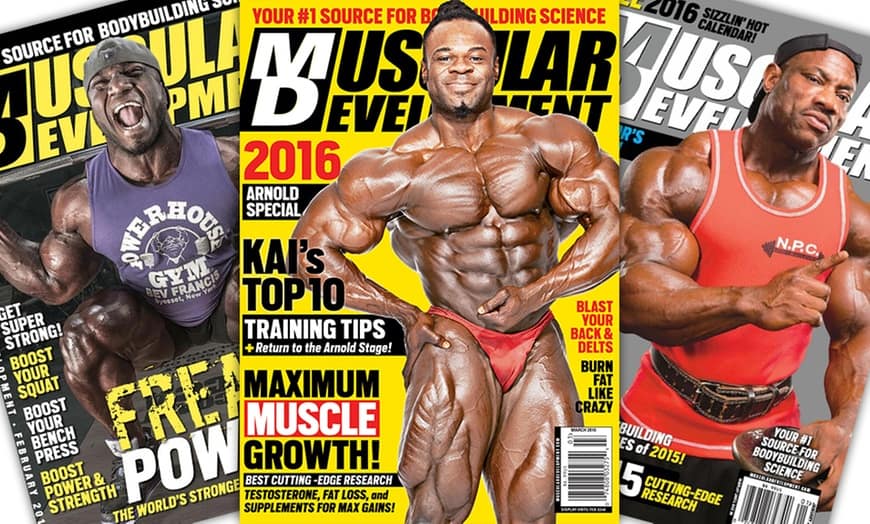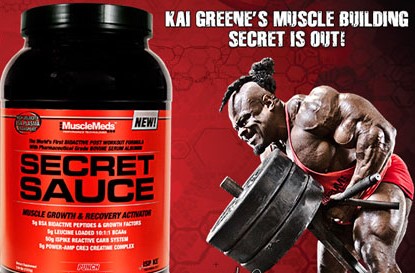
Despite being a niche sport, the goal of becoming a professional bodybuilder still appeals to many people. The popularity of pro bodybuilding has waned since the days of Ronnie Coleman and Jay Cutler, partly due to the expansion of other divisions like classic physique and men’s physique. Potential pro bodybuilding champions now may choose the classic bodybuilding or physique path instead, thus diluting the overall talent.
Despite this, pro bodybuilding at the highest level can still be lucrative. While sponsorships are harder to come by, they still pay top dollar for the best athletes.
Bodybuilding sponsorships range from free supplements and clothing for low level bodybuilders to upwards of $250,000 per year to the top professionals.
There’s obviously a large dichotomy between someone at the top and an up and comer competing on the national level.
Just like in sports such as football or basketball, bodybuilding sponsorships may have performance incentives as well. For example, a bodybuilder may get an additional $5,000-10,000 for winning or placing highly in a competition.
How do I know? I used to work for one of the biggest supplement companies and looked over the athlete contracts.
It isn’t all just fun and games however. Sponsored athletes have a job to do. As part of their agreement, they may have to make appearances, reach a quota for social media posts related to the brand, write blogs, among other duties. Brands want to make sure they earn a positive return on investment.
Types of Sponsorships for Bodybuilders
In the 1990’s and early 2000’s, earning a pro card and becoming an IFBB professional bodybuilders meant you were set financially. Pro cards were harder to come by, and there were simply less professional bodybuilders overall.
When you turned pro you were virtually guaranteed two types of sponsorships, magazine and supplement. The two major bodybuilding publications were Flex Magazine and Muscular Development, and a top pro could earn 6 figures aligning with either one.
In fact, there could even be a bidding war between the two if they saw that a new professional had a great deal of potential. This could also occur if an established pro was nearing the end of their contract.

Since newspapers and magazines are dying and/or trying to move online, these publication sponsorships aren’t what they once were. Supplements, however, are alive and well.
The supplement industry continues to boom, and this is likely the most lucrative sponsorship a bodybuilder can attain. New supplement brands may try to throw a ton of money at a top bodybuilder to gain notoriety.
This was the case with MuscleMeds and Kai Greene. Kai Greene, in a sense, was the MuscleMeds brand himself. When you saw the brand on store shelves, you immediately thought of Kai Greene in that red hooded sweatshirt.
Other more established brands may look to have multiple top athletes. Yamamoto Nutrition has both Flex Lewis and Roelly Winklaar. Speaking of Kai Greene, he is now with Redcon1 along with Cedric McMillan.
The other major sponsorship for bodybuilding comes in the form of clothing brands. Some bodybuilders may choose to establish their own t-shirt line, but many are sponsored by brands like Gorilla Wear and Gym Shark.
Theoretically, a bodybuilder can be sponsored by almost any brand. But anything beyond supplements and clothing is likely minor in terms of compensation. Some competitors have tanning oil sponsorships, as that is an obvious requirement when stepping on stage. Others are sponsored by meal prep companies, which deliver healthy meals directly to homes.
The newest sponsorships you will see pop up are from wellness brands. These include products like greens powders and cbd oils.
Summary
While some professional bodybuilders choose the entrepreneurial path, others align themselves with sponsors to supplement their income. Professional bodybuilding is in a bit of a lull in terms of overall talent, but the money is still out there.
Top pros can still earn 6 figure contracts from supplement and clothing sponsorships, it’s just harder to do so with more brands focusing on general fitness rather than hardcore bodybuilding.
The appeal of a bodybuilder is not just in their ability to win competitions. In fact, many of the most popular bodybuilding athletes have never won Mr. Olympia or the Arnold Classic. Some haven’t even placed in the top 3.
Popularity goes beyond winning competitions. Fouad Abiad admittedly has considered himself a second tier bodybuilder yet has his own successful supplement company. Evan Centopani never placed highly in top shows but is one of the most well-liked and respected bodybuilders.
This is due to their ability to create consistent, valuable content and connect with their audience.
If you’re in the 99th percentile of any niche, you can earn a considerable income. The appeal of bodybuilding may be fading, but it will never die. Bodybuilding is an extension of fitness, which is as popular as ever. If you’ve ever been to a major expo like the Olympia or the Arnold, you know that it is always packed.
The establishment of the classic physique division was designed to give an alternative to the open class which some deem as to have lost its way. As a result, new opportunities for sponsorships and notoriety have occurred for bodybuilders who don’t want to go the mass monster route.
Chris Bumstead is the face of classic physique, and there is no doubt his sponsorship fees rival the top bodybuilders. Over time, as the division becomes more established, it will be compelling to see if public interest shifts.
Recent Posts
No matter the skill, anyone who is the best at their craft will earn a good living. So it’s no surprise that bodybuilders like Jay Cutler, Phil Heath, and Kai Greene have nice homes and drive...
A multivitamin is often referred to as the supplement that “fills in the gaps” of your diet. Even the most health conscious dieter will have a hard time getting the recommended daily allowance of...
